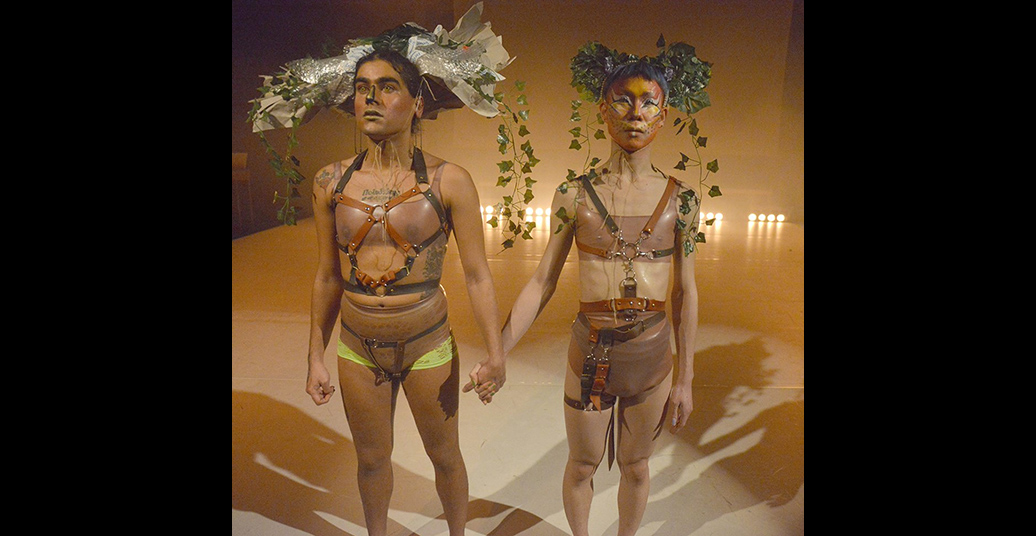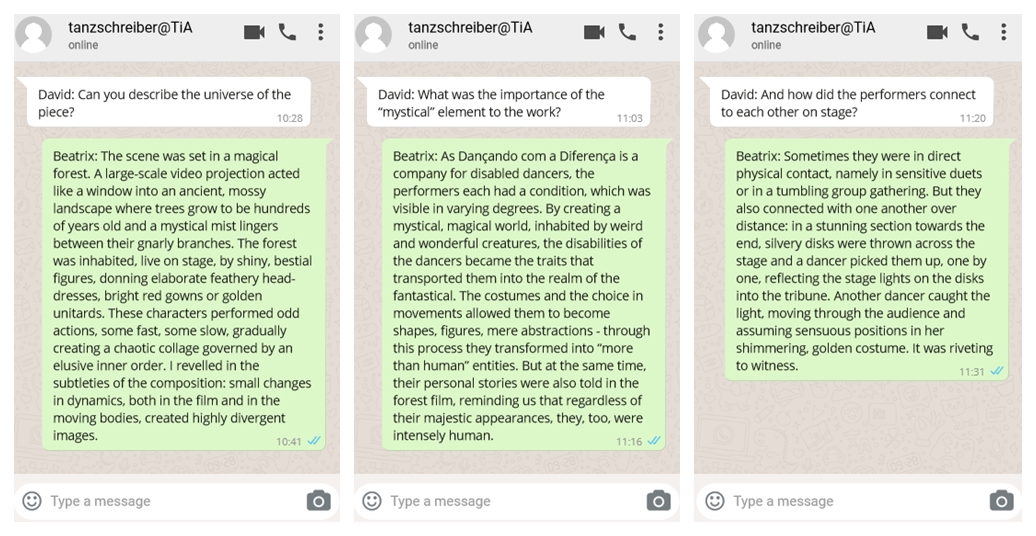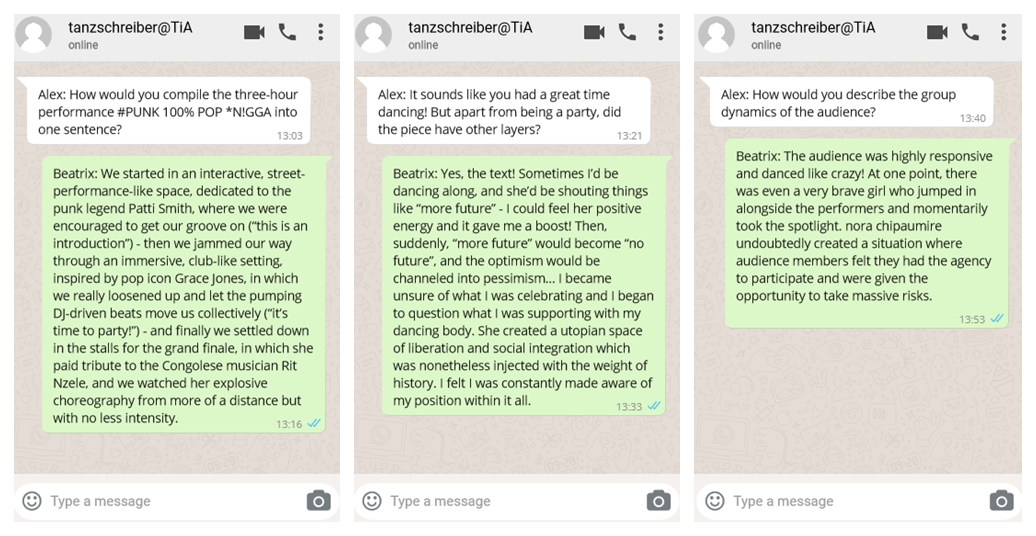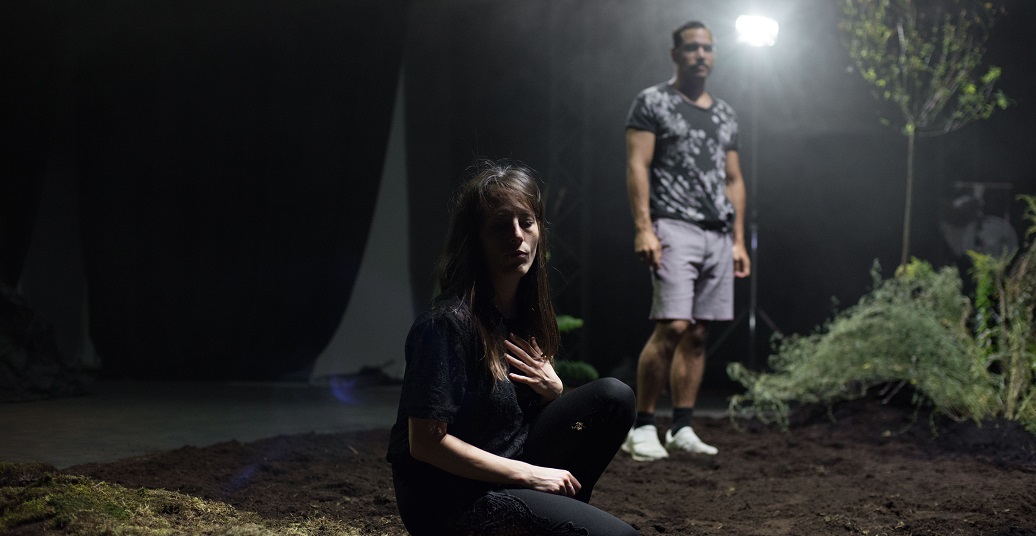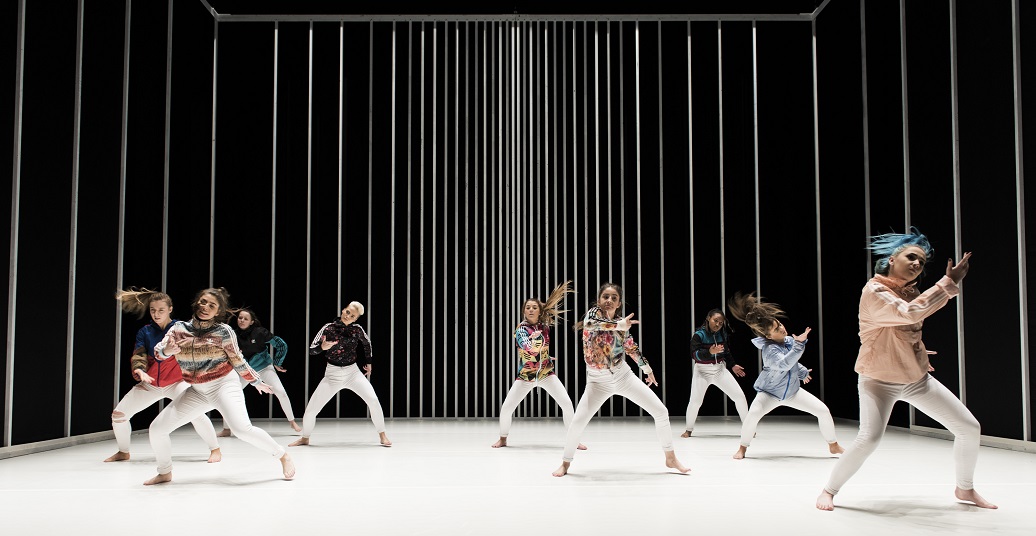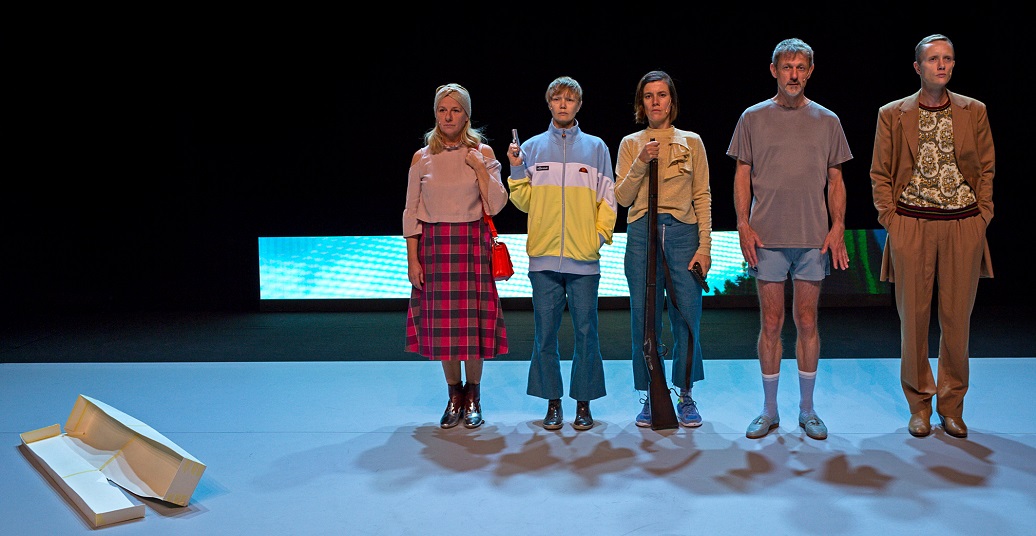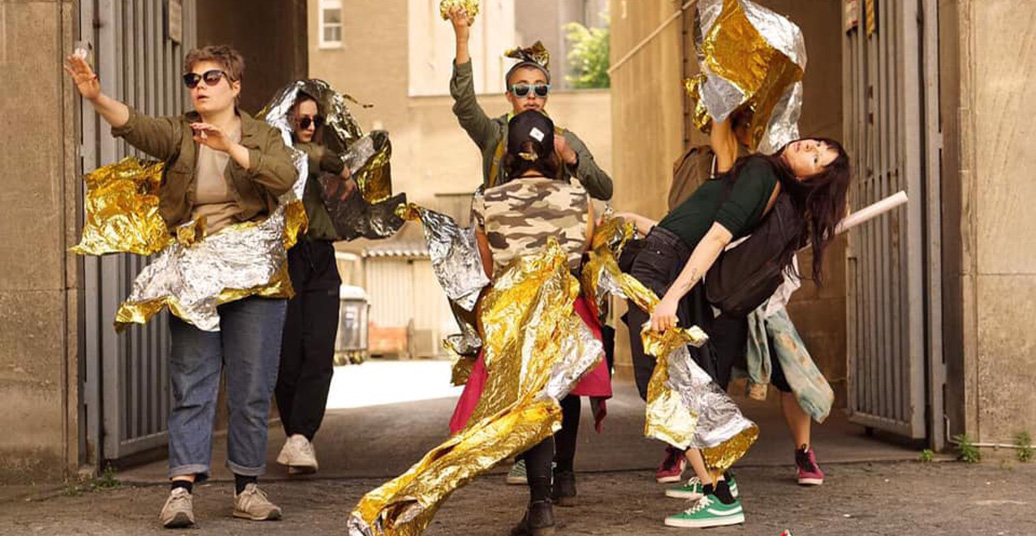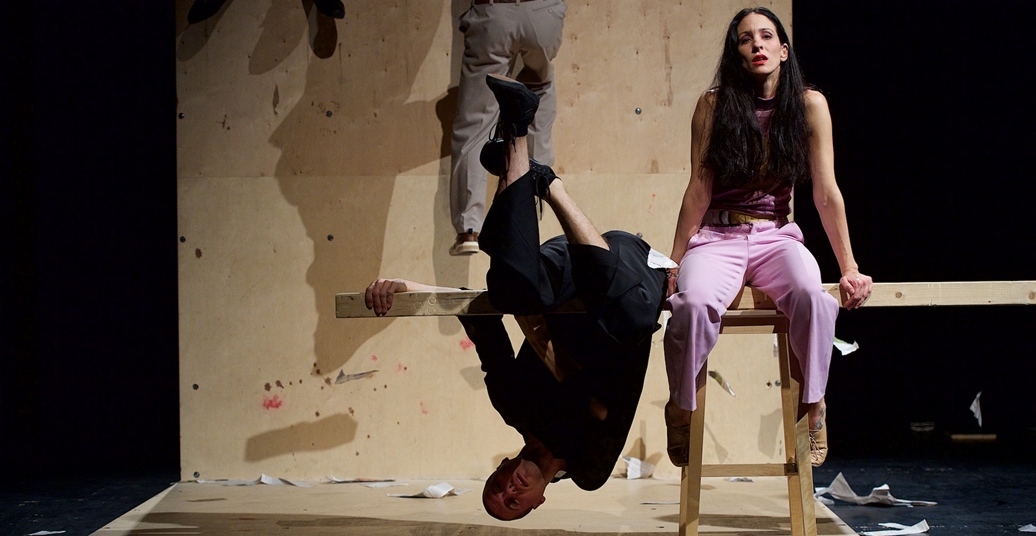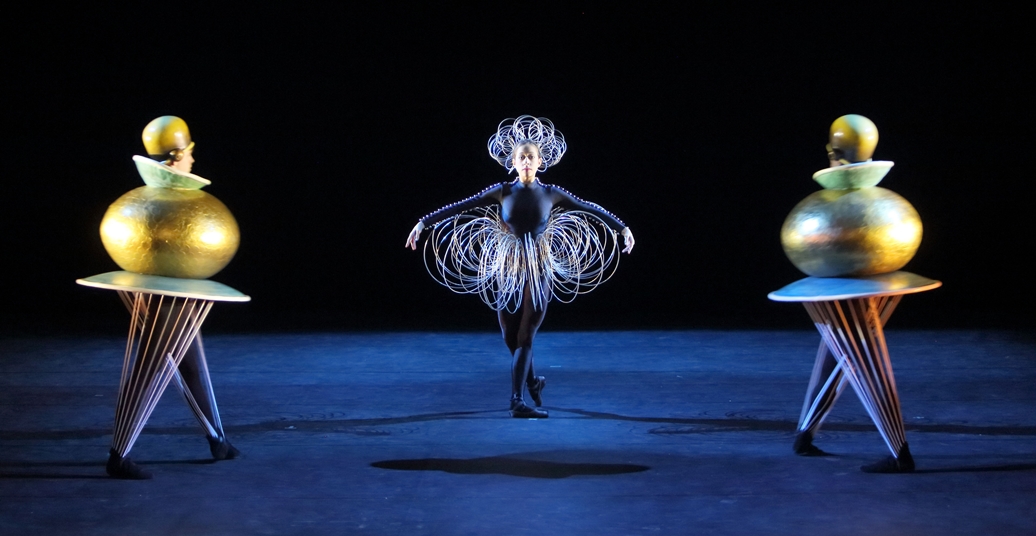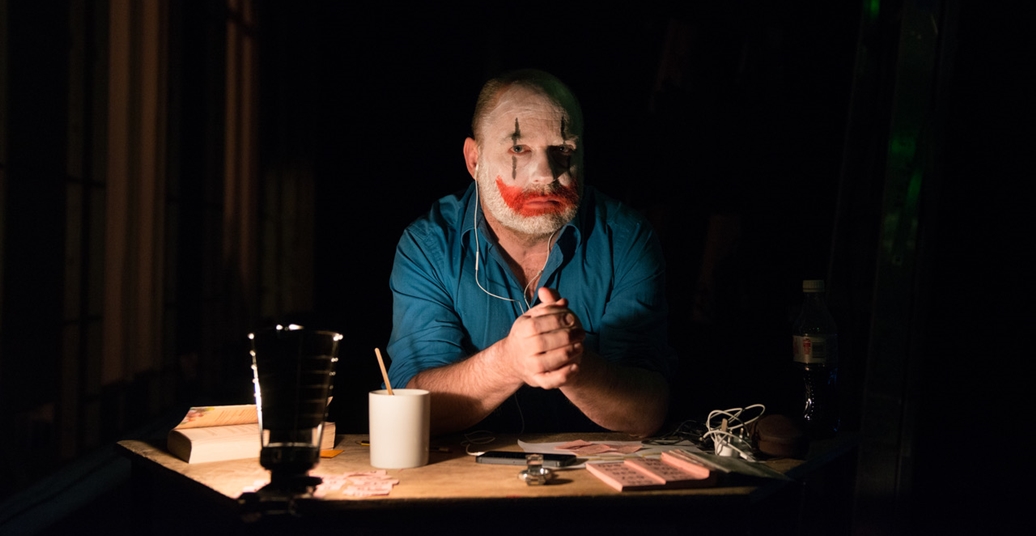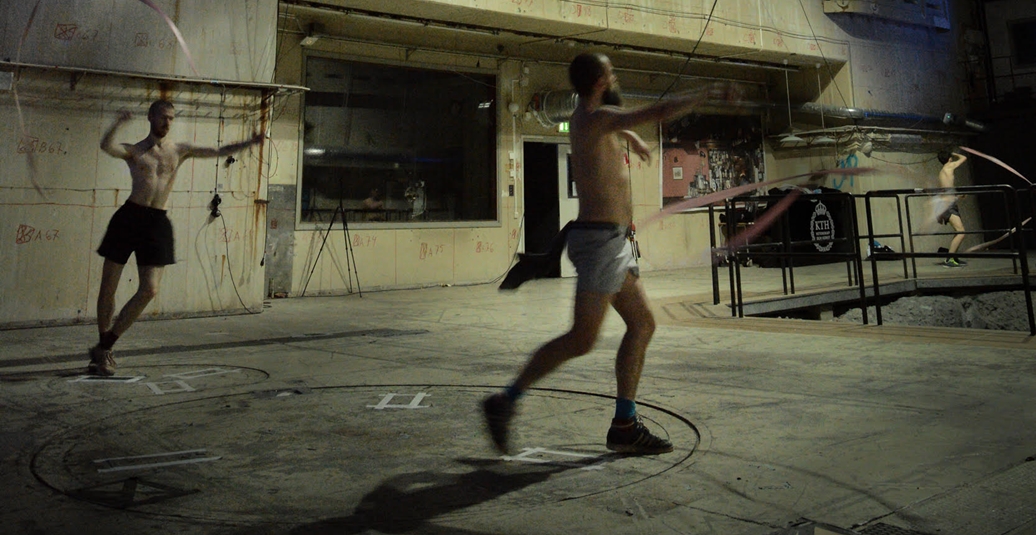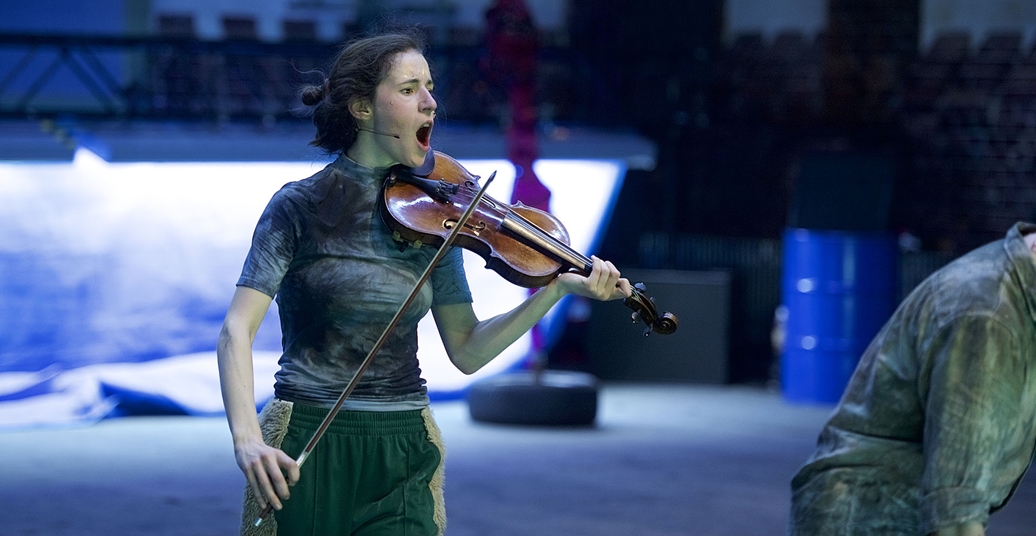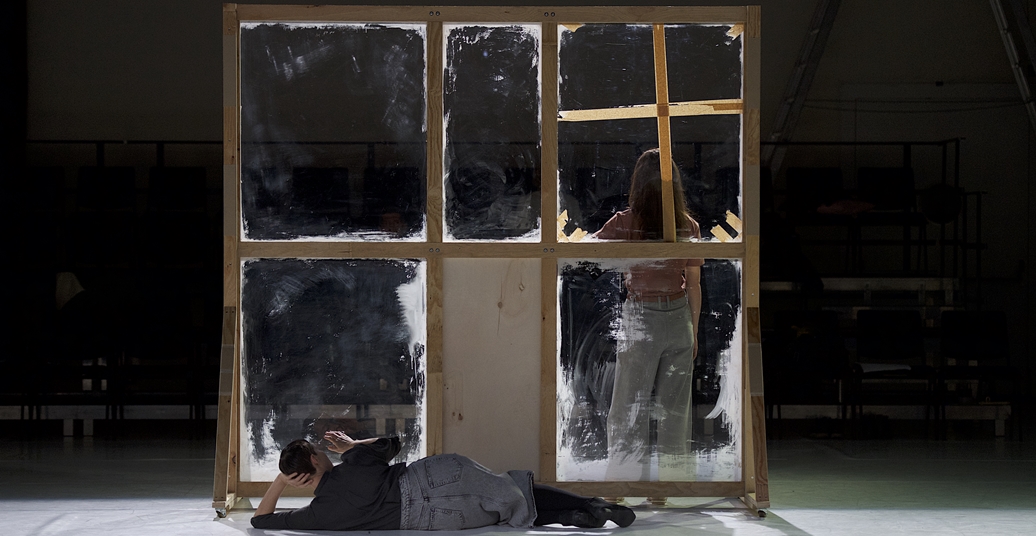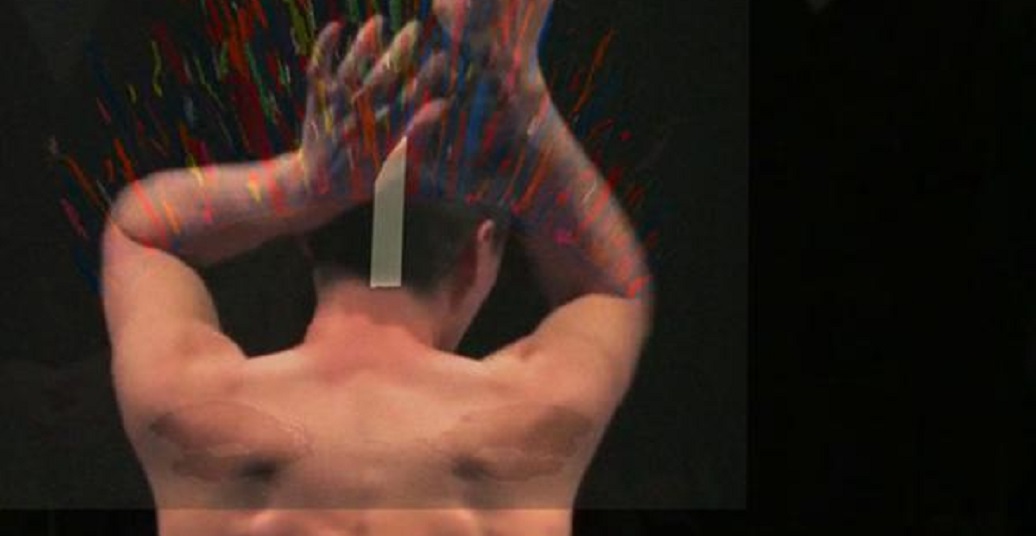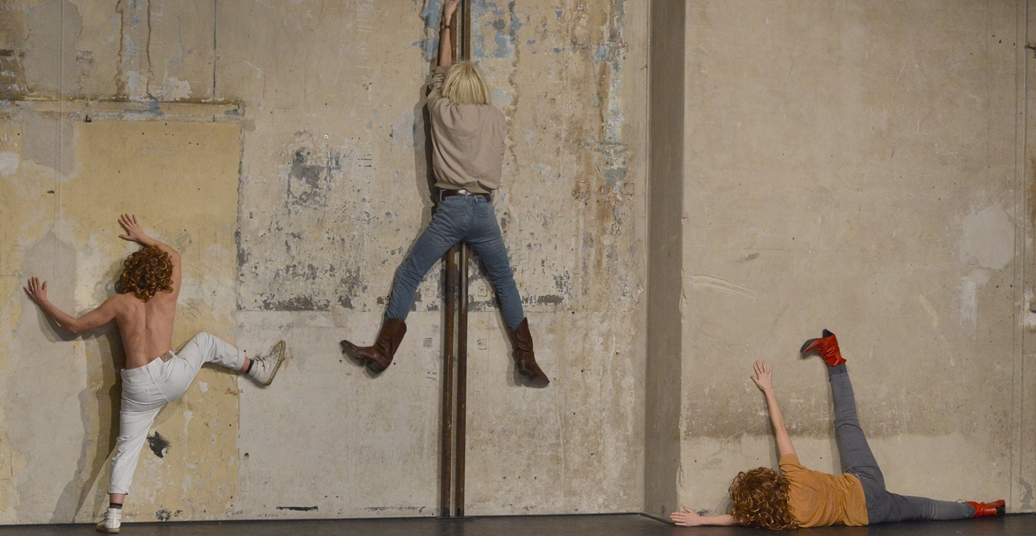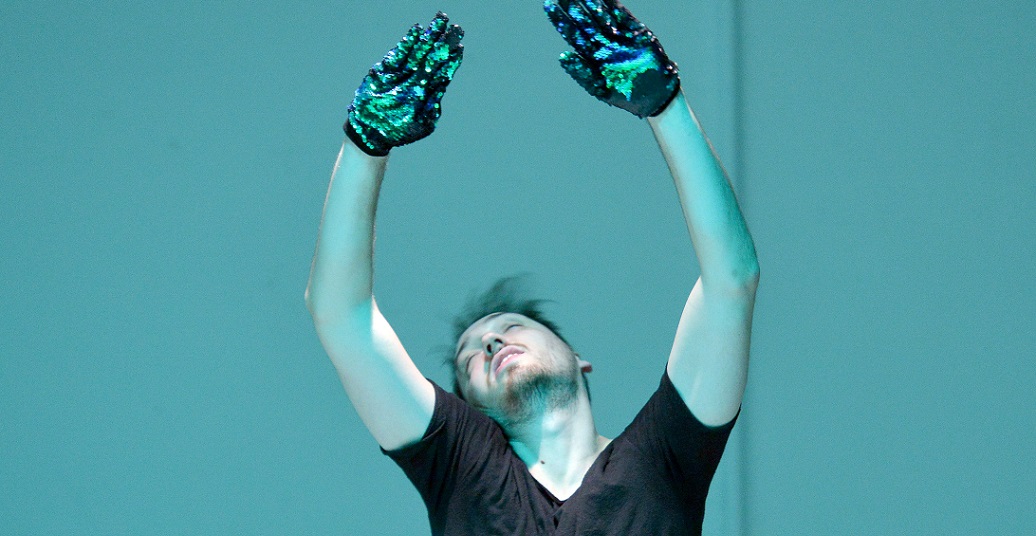Continue reading “Satirical dances”In their latest show “Endangered Species”, performed at Sophiensæle as part of Tanztage Berlin 2020, drag house for QTBIPoC House Of Living Colors explore how not only text, but also dance can be instrumentalised as political satire.
Beatrix Joyce
Tanz im August Review: Happy Island
Continue reading “Tanz im August Review: Happy Island”In this review Beatrix Joyce is talking to David Pallant about the piece “Happy Island” by La Ribot.
Tanz im August Review: #PUNK 100% POP *N!GGA
Continue reading “Tanz im August Review: #PUNK 100% POP *N!GGA”Alex Hennig inquires Beatrix Joyce about her impressions of Nora Chipaumire´s intense three-hour performance “PUNK 100% POP *N!GGA” at Sophiensæle.
Tanz im August Interview Series: Claire Vivianne Sobottke
Continue reading “Tanz im August Interview Series: Claire Vivianne Sobottke”In her new solo “Velvet”, with music by Tian Rotteveel, Claire Vivianne Sobottke shape shifts from woman into animal. Immersed in a set composed of soil, plants and self-playing drums, she uncovers the primal forces of female sexuality.
Tanz im August Review: Hard To Be Soft – A Belfast Prayer
Continue reading “Tanz im August Review: Hard To Be Soft – A Belfast Prayer”In this chat review the tanzschreiber authors David and Beatrix talk about the intense performance “Hard to be Soft” by Oona Doherty.
Tanz im August Interview Series: Gunilla Heilborn
Continue reading “Tanz im August Interview Series: Gunilla Heilborn”The wonderful moves the memory more than the ordinary. This sentence, originally the title of the piece “The Wonderful and the Ordinary”, moved choreographer Gunilla Heilborn to create a trilogy on the wonders, and burdens, of memory.
Where can we dance?
Continue reading “Where can we dance?”Entering K77 Studio for the “AMALGAM SoloFest”, as part of PAF festival, is like stepping into a whirlwind. Bodies are scattered across the space, some sitting, others standing, some group together facing in the same direction, others split off independently to tend to organisational matters. With no clear stage area, the audience has no choice other than to be just as active as the members of the collective. Each solo requires us to rearrange our stools, in order to reset, reposition and reorganise the conditions for action. It seems we are all performers in this haphazard reshuffling of focus.
Interview Series: Tanzhybriden – Clément Layes
From brooms, buckets, and boxes to chairs that snap like scissors of their own accord, Clément Layes creates choreographies with everyday objects. The on-stage element of his latest research, “The Emergency Artist” (2018), is set against the backdrop of a large, wooden angle, bent at ninety degrees. Half-way through the piece, the structure is turned and three black-clad performers unexpectedly appear. With no secrets to the ‘behind the scenes’ of his performative structures, I wanted to find out more about his process of making.
Continue reading “Interview Series: Tanzhybriden – Clément Layes”Three Thoughts on The Triadic Ballet
Continue reading “Three Thoughts on The Triadic Ballet”“Das TriadischeBallett” is a Bauhaus classic. Oskar Schlemmer’s sculptural costumes and mechanical choreography – based on the influential school’s modernist principles of uniting colour and form – are set to a squealing, post-war composition by Hans-Joachim Hespos. The Potsdamer Tanztage celebrated one hundred years of Bauhaus with a tribute to this seminal piece, enlivened by the 1977 version of the choreography by Gerhard Bohner, and embodied by the Bayerische Junior Ballett München.
Interview Series: Tanzhybriden – Tim Etchells
Continue reading “Interview Series: Tanzhybriden – Tim Etchells”Tim Etchells has ventured into almost every art form under the sun. As director of theatre collective Forced Entertainment, he has made more than 50 performance works over the past 30 years. Alongside performance, his works have included writing projects, neon sculptures, drawings, photography, video and sound works, and a novel. I was interested to find out what such a prolific, genre-defying artist would have to say about making art.
A Tribute to Techno
Continue reading “A Tribute to Techno”“Dad & Son #2 (Ribbon Dance)”, by Frédéric Gies is a dance for two male bodies, performed at DOCK 11 by Samuel Draper and Frédéric Gies, to techno producer Fiedel’s relentless beats.
Interview Series: Tanzhybriden – Manon Parent
Continue reading “Interview Series: Tanzhybriden – Manon Parent”In the Berlin Freie Szene, multidisciplinary approaches are the new normal. It is not uncommon for dancers to train in-depth in more than one art form and bring their acquired skill-sets to the stage. Sometimes, the switch from one to the other discipline even happens within the same performance. Manon Parent is both dancer and musician: in the final scene of Sergiu Matis’s latest piece, she seamlessly alternates between complex movement sequences and playing classical violin. Captivated by her authentic stage presence and virtuosity in both crafts, I invited her to take part in Tanzhybriden, a series of interviews researching multidisciplinary approaches to performance.
Shuffle, repeat, play
Continue reading “Shuffle, repeat, play”Sandwiched between ascending tribunes, the stage is open and white. Large, wooden slabs are lying flat on the ground like abandoned kids’ bicycles, ready to be picked up and ridden at will. One performer, female, dressed in dark, everyday clothes, flips a chair upright and takes a seat. Three other performers are scattered across the space, as if they have landed in their positions by the roll of a dice. The tension in the room is tangible as all eyes are directed towards her.
No Rules
Continue reading “No Rules”NAH DRAN, ada Studio’s long-running performance series, is a space for experimentation. The format features multiple works in progress and, in a true spirit of openness, encourages emerging artists to take the plunge and bring their ideas to the stage.
Messengers of Hope(lessness)
Continue reading “Messengers of Hope(lessness)”Watching Sergiu Matis and his dancers move is a bit like being hit by a double-decker bus – many times, in just a matter of seconds. Bodies crash to the floor or glide through the air, expanding in full flow orpin-pointing the focus, razor-sharp, on a single finger. Each gesture is a statement and each statement is precisely where it needs to be. Crystal clear, the split-second changes materialise as though in a near-death experience: every action could be the final one before it all ends. And it has all ended – or at least, nature has – in the first scene of Matis’s dystopian epic “Hopeless”. In the stripped-back, stark setting of a post-apocalyptic future, the performers address audience members directly, looking them in the eyes as they describe the disappearance of endangered species. They seem to be backed up by scientific knowledge, yet the three tell different versions of the same story. Perhaps this is the post-truth thoughtscape we are headed towards, where fiction is just as valid as fact?
Big Wigs & Space Suits
Continue reading “Big Wigs & Space Suits”Every January, the Berlin dance audience flocks to the Sophiensaele for Tanztage, the annual inauguration event. The ten-day festival, which has existed for over twenty five years now, kicks off the new dance year by focussing on emerging choreographers making work in Berlin.
Almost seduced by a peacock
Continue reading “Almost seduced by a peacock”The peacock knows how to impress. It struts along, unabashed, displaying its long, languorous feathers that sprout from its fluffy behind. Its spectators have no choice but to marvel at its divine beauty. Nature has endowed this bird with the power of seduction, strong enough to dazzle not only future mating partners but also us humans.

